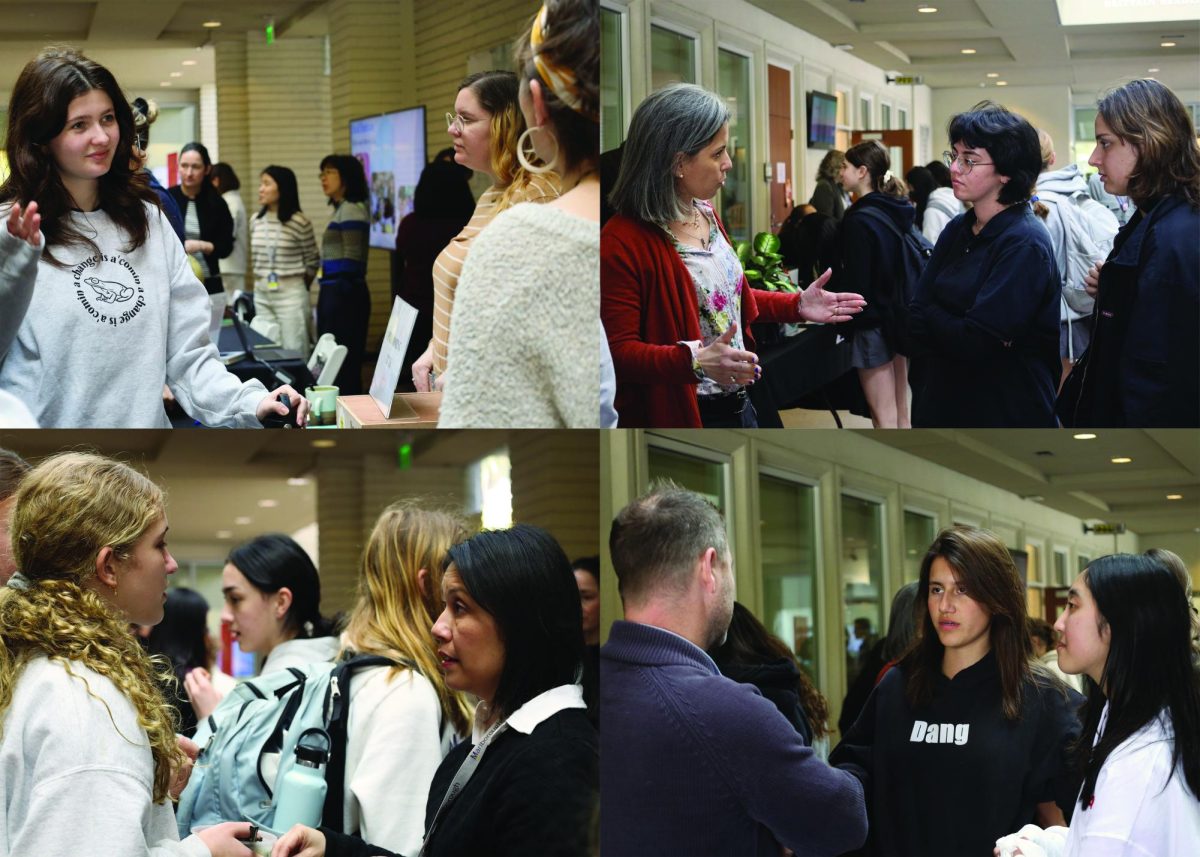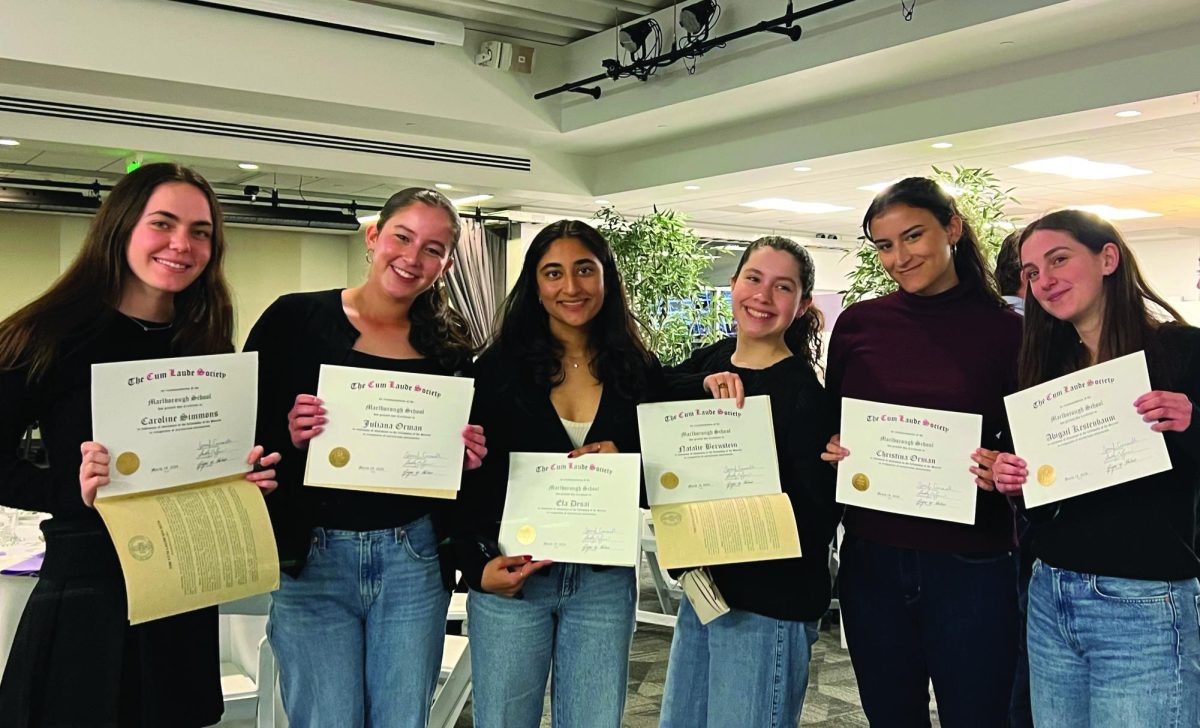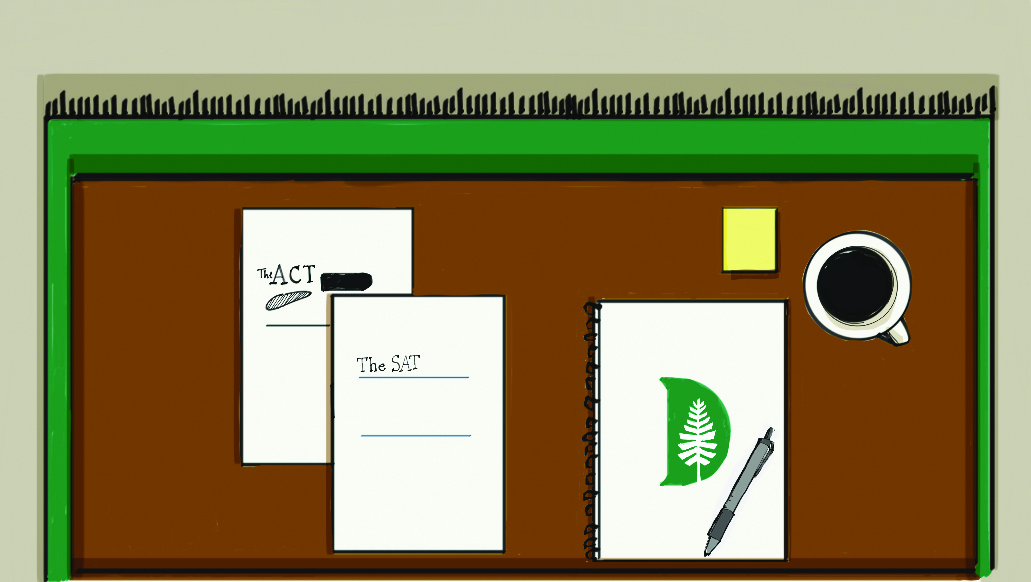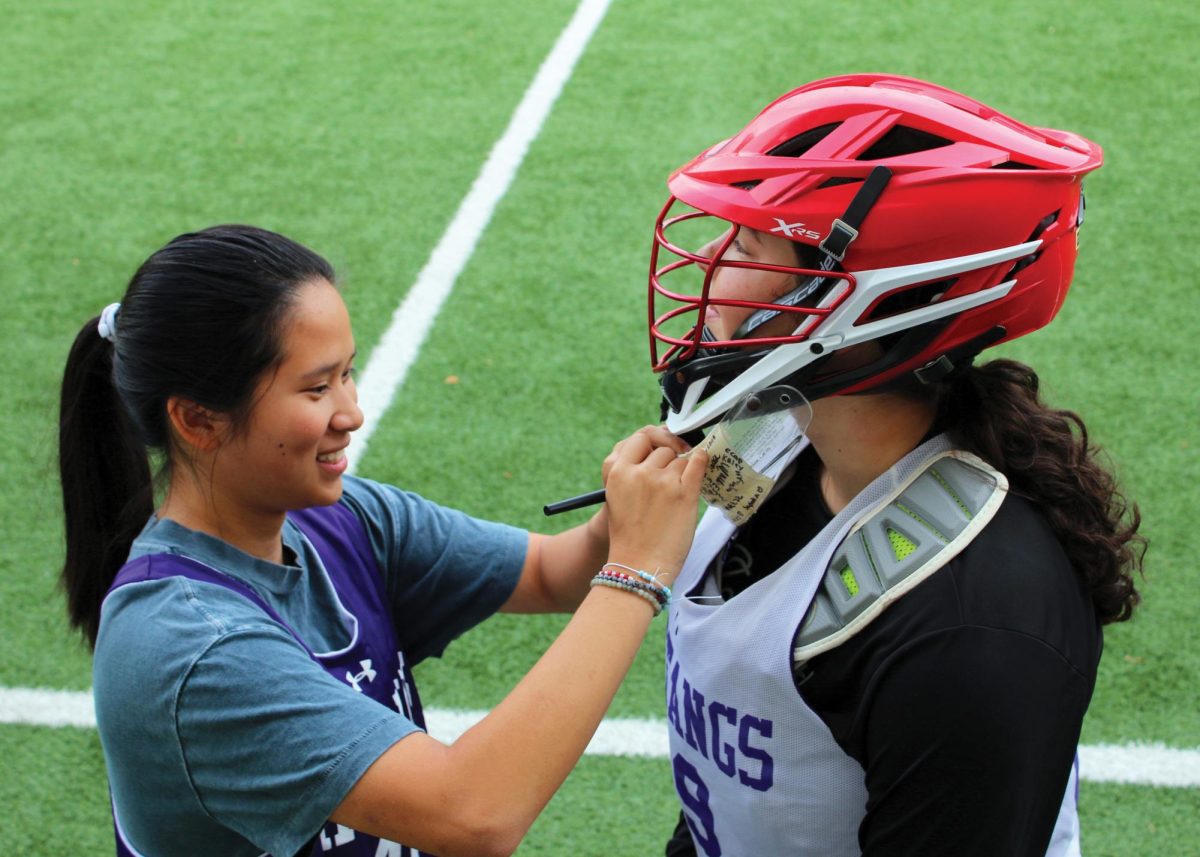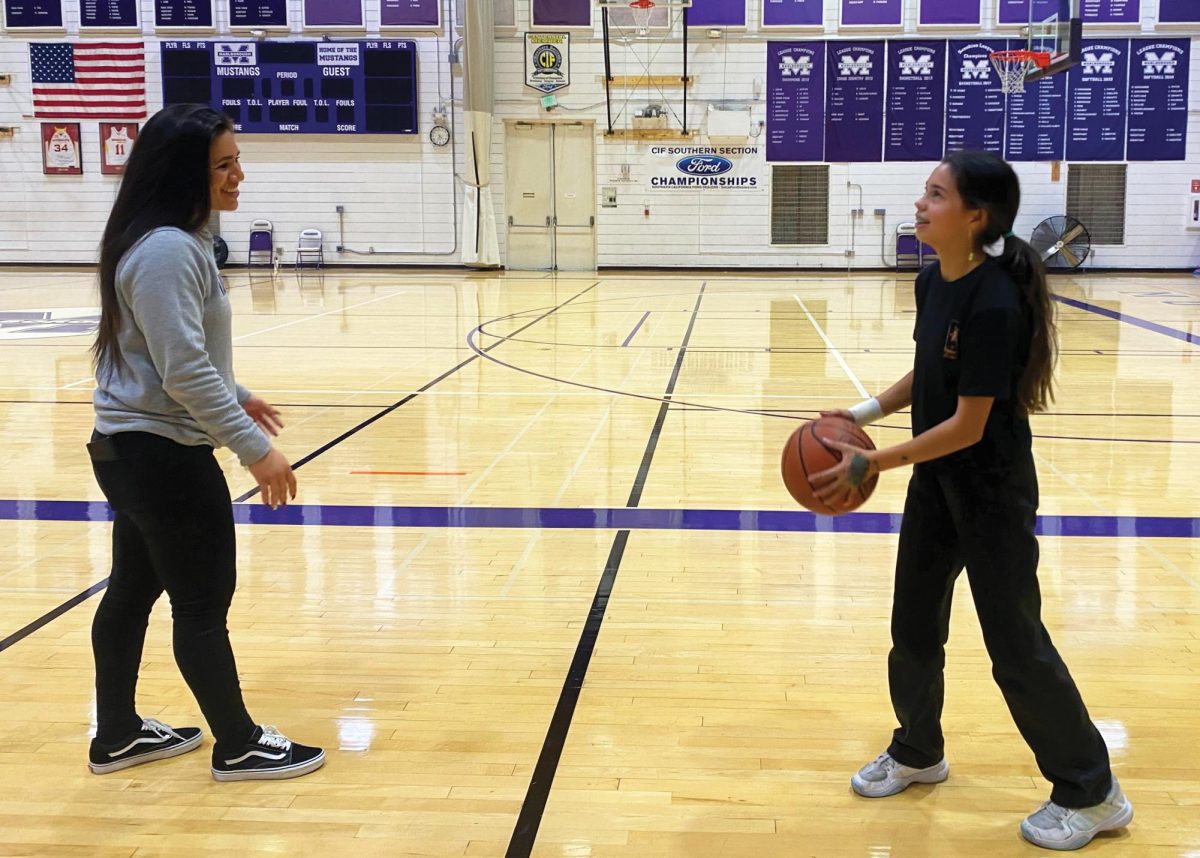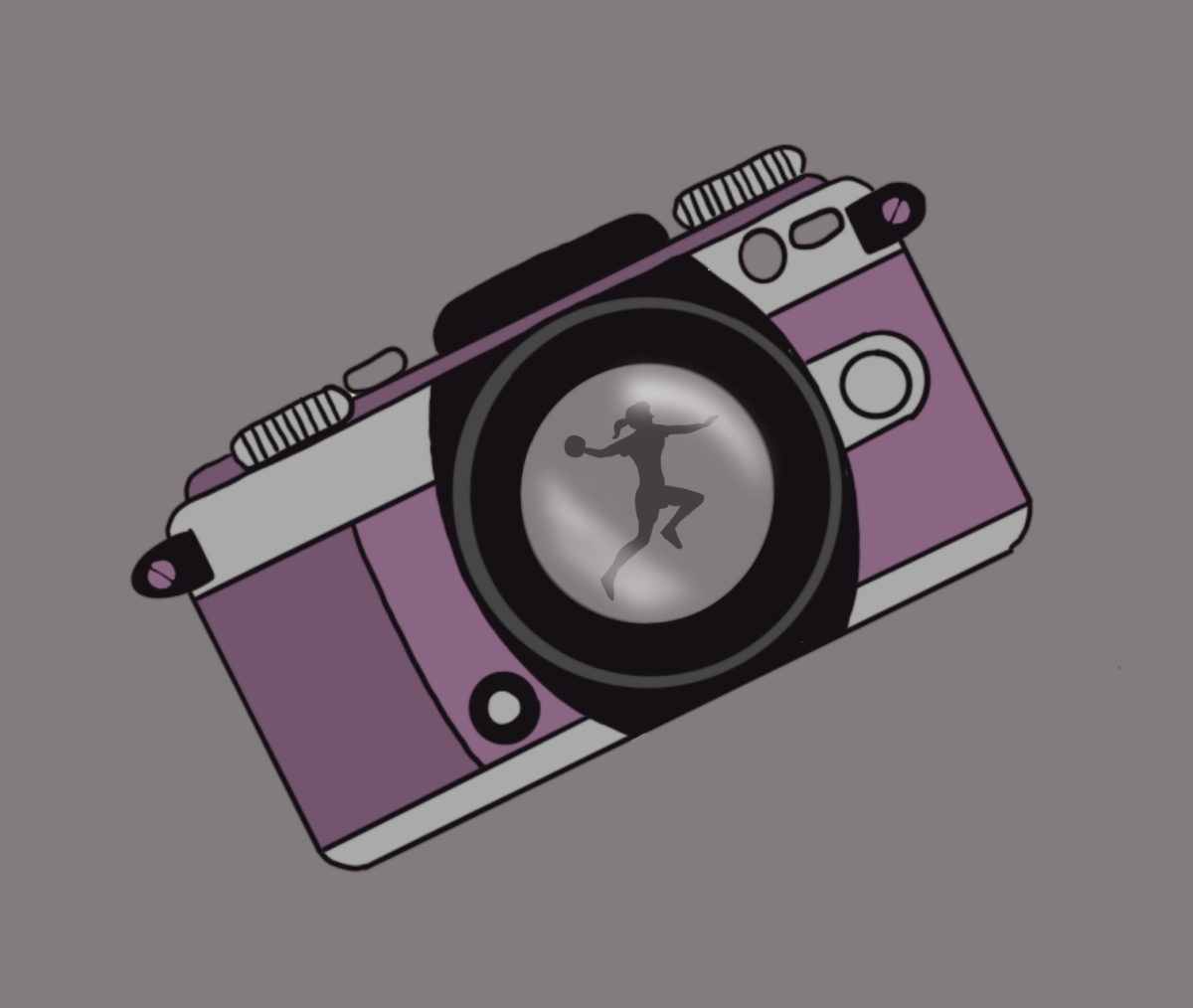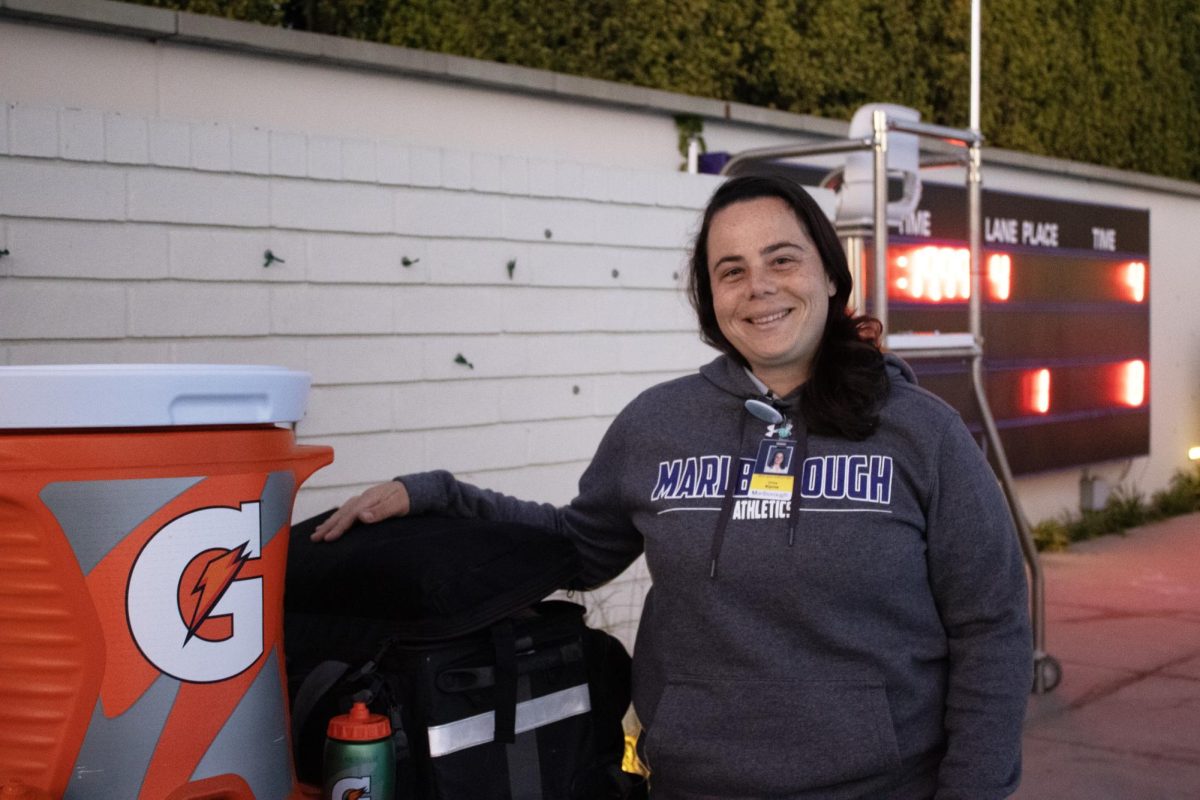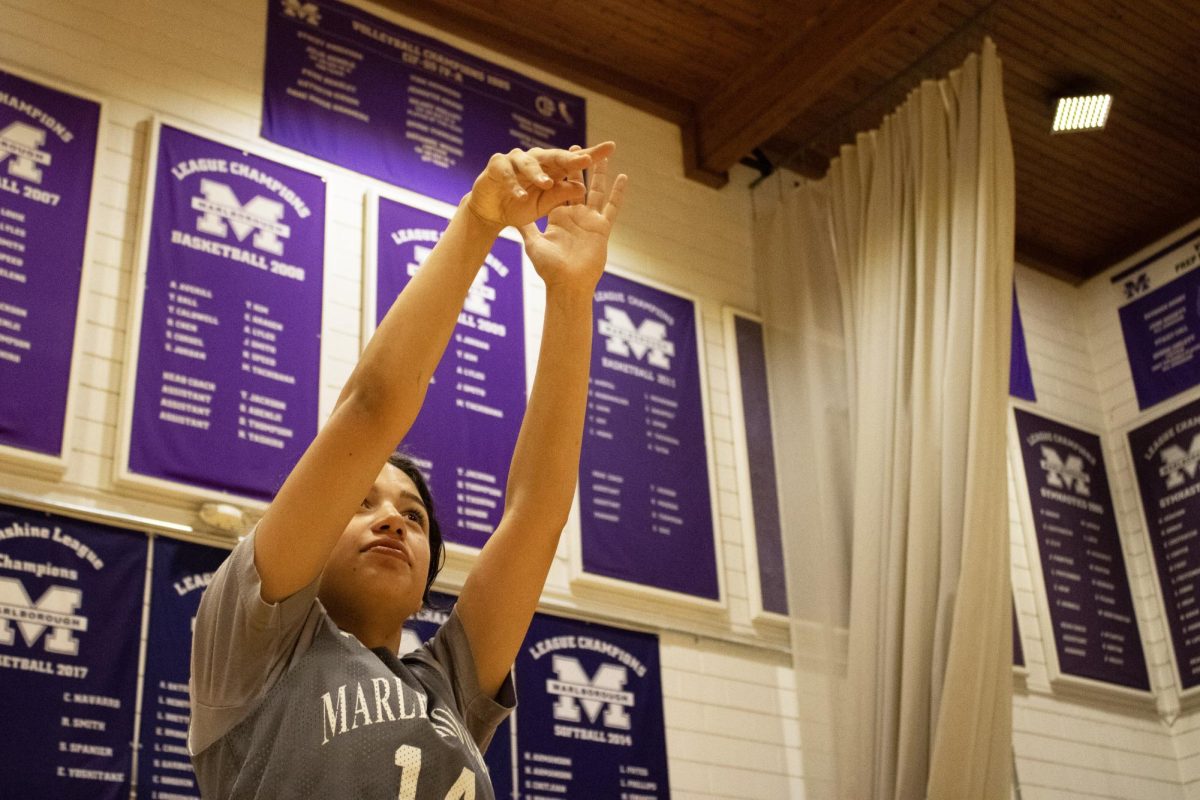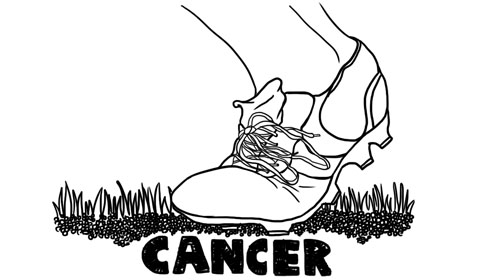
As part of the Arden Project, Marlborough’s administration and Board of Trustees have discussed the construction of a synthetic turf field to replace the grass practice field on campus. Recently, after articles and reports have shown that the infill in turf fields may contain carcinogenic chemicals, many student athletes, along with Marlborough’s administration, believe that turf fields have more benefits than downsides. The School plans to move forward with its plans build a turf field but is considering alternatives to the potentially hazardous infill.
In the wake of a recent NBC News report on the potential hazards of artificial turf, questions have been raised about the safety of turf fields, including the potential danger of the inhalation of gases emitted by hot turf. According to the Environment and Human Health Incorporation, athletes playing on turf fields are exposed to harmful chemicals, including benzothiazole, which can irritate respiratory patterns and upset skin, and carbon black, which has been proven to cause cancer by California’s Office of Environmental Health Hazard Assessment.
The School has been in regular contact with the architecture firm, LPA, Inc, about the installation of an artificial turf field. After as risk assessment, the firm informed Athletic Director David Collicutt that they believe that it is safe to put in a turf field.
Collicutt’s main concern about artificial turf is the danger posed by overheating, because hot turf infill can be unsafe to play on simply because of its temperature.
“Technology continues to advance for turf fields and how they are able to dissipate that heat more effectively, but still a grass field will be cooler than an artificial turf field. This is one reservation I had that I took to the architects, and we discussed other types of infill,” Collicutt said.
However, new studies continue to be published about the possible harm that artificial turf poses to athletes. Marlborough’s Director of Finance and Operations Nick Hernandez said that, until the reports are conclusive, the School, along with LPA, is moving forward with the installation of the turf field.
“We had several discussions about the type of the infill, which is what’s really revolving [around] a lot of these issues. [LPA] was pretty open in saying there has been some research that has been inconclusive so they really haven’t been able to detect [hazardous materials] one way or the other. They also introduced some other infill options,” Hernandez said.
“We looked at all the pros and cons of artificial versus natural. At the end of the day, because this is intended primarily for athletic purposes, the feeling is that basically we wanted to maximize…usage of the field. Right now there are periods of time where we have to shut down the field, essentially because it has to be seeded or fertilized,” Hernandez added.
Collicutt said that, although he is aware of the recent studies, he has faith in the installation of a turf field and the consideration of other options for turf infill.
According to both NBC News and The Huffington Post, dozens of new cases of cancer-related diseases have been found in soccer players, especially goalies, who play on artificial turf.
Christina ’17, who has been playing soccer at Marlborough since 7th grade, said she was shocked to hear that the infill in turf fields might cause cancer. She added that she thinks it’s a lot better to have a turf field because it is what most soccer players are accustomed to.
“Everyone learns to play on a grass field, and I think that’s what everyone’s used to [at first], but as turf fields get more popular, I’ve become used to playing on turf fields because I usually play on turf fields, except [at Marlborough],” Christina said.
Many people either don’t know about the potentially hazardous materials in artificial turf fields, or they simply enjoy playing on the artificial field due to its practicality and ease.
After hearing about the possibly cancer-causing chemicals in artificial turf, Shoshanah ’16 explained that she felt conflicted about playing on a turf field.
“My parents would probably would be a little concerned [about the potential dangers of artificial turf], as well as I would be a little concerned. I prefer turf, but for health reasons I would want to have grass,” Shoshanah stated.
According to Hernandez, the School is “not at a point yet where we have to make a decision about the type of infill…We still have time until we break ground on the actual project, [so] our hope is that technology will evolve sufficiently enough for us to consider an alternative and we will. We are actively looking.”

